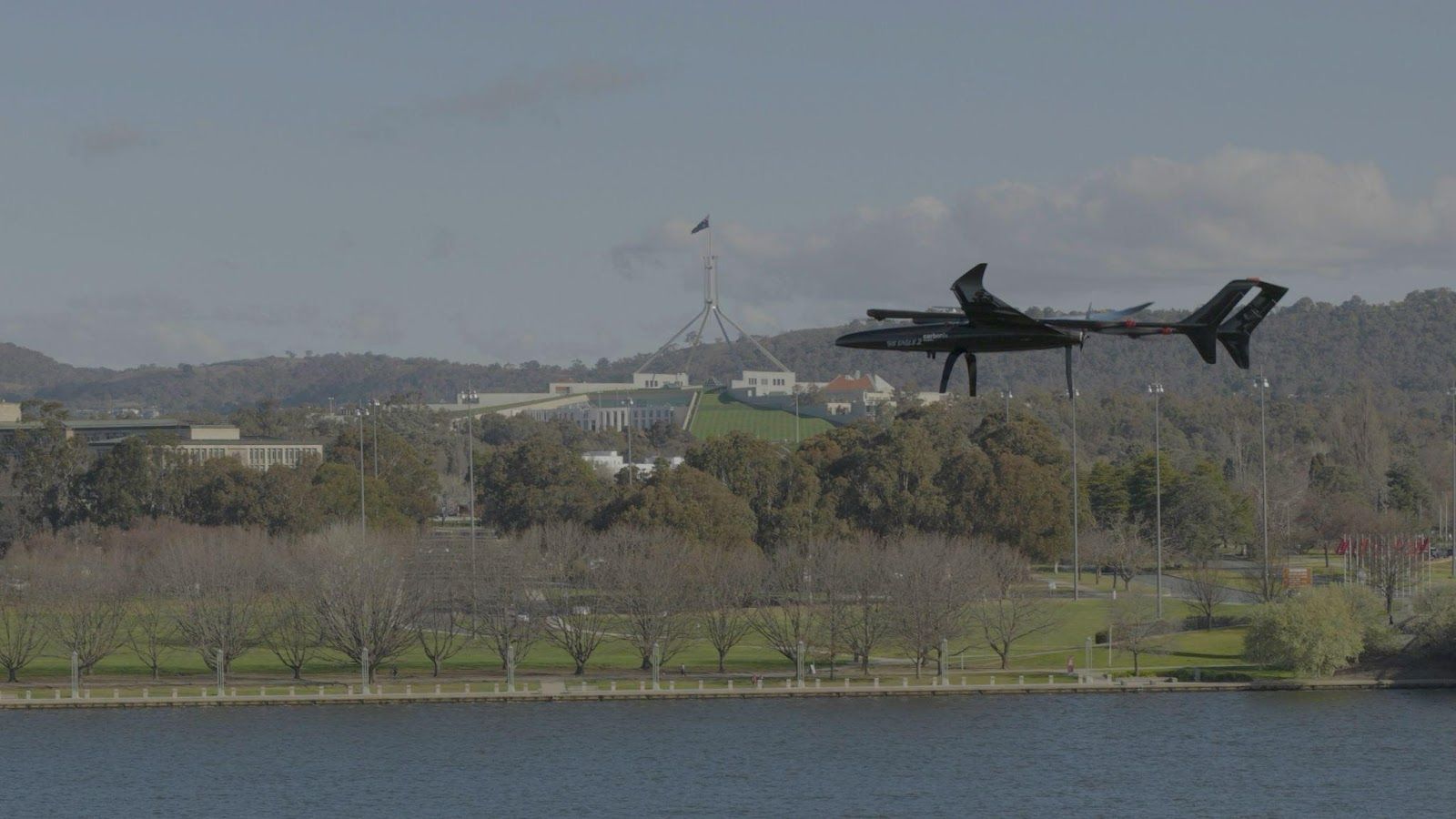Dario Valenza on the Evolution of the Drone Industry: Design Thinking in Flight

The drone industry is often portrayed as a sudden technological explosion, a product of recent decades. But when viewed through the eyes of an expert like Dario Valenza—Founder of Carbonix and a designer whose work spans yachts, planes, and cars—the evolution of drones tells a richer story of incremental innovation, shifting societal narratives, and the essential role that design thinking plays in bringing complex technology to life.
From Balloons to Carbon Composites: A Story of Relentless Innovation
The journey of drones stretches back to the 19th century, when experiments with balloons and kites hinted at the possibilities of unmanned flight. From the British “Aerial Target” of World War I to the Radioplane OQ-2 mass-produced during World War II, drones were born out of necessity as tools for surveillance and target practice in the theatres of war.
Yet innovation never stands still. The postwar decades saw UAVs transition from experimental curiosities to sophisticated military assets. By the 1990s, platforms like the Gnat 750 and the Predator drone redefined warfare, intelligence gathering, and remote operations.
It was only in the 2010s that drones truly escaped the confines of the military-industrial complex. Consumer models like the Parrot AR.Drone democratised access to UAV technology, ushering in a new era where drones became essential to industries ranging from agriculture to logistics.
For Dario Valenza, this historical arc isn’t just a timeline, it’s proof of how elegant design, rooted in an understanding of natural laws, is critical to turning technical dreams into operational realities.
Changing Minds: How Society Learned to Trust the Skies
When drones first appeared over civilian landscapes, they carried the baggage of their military origins. Public perception tilted toward suspicion. Would our skies become crowded with surveillance devices? Would privacy be sacrificed for convenience? Activist groups raised alarms. Regulatory bodies scrambled to catch up. In many ways, the early civilian drone industry had to fight a two-front battle: technological and social.
Yet as drones demonstrated their value in saving lives during disasters, in enabling precision farming that conserved resources, in inspecting critical infrastructure safely, perceptions shifted. Drones became tools of utility rather than instruments of fear.
This evolution echoes Dario Valenza’s core belief: that beautiful, thoughtful design inherently carries value. It isn’t enough for a drone to fly; it must operate transparently, safely, and beneficially. It must earn trust not through marketing, but through performance and contribution to society.
Today, drones are a familiar part of the modern landscape. But ongoing tensions remain. Privacy concerns, questions about liability, and the struggle over airspace ownership continue to provoke debate. For innovators, this is an invitation to design better systems and foster deeper public dialogue.
Regulation: A Race Between Innovation and Governance
Technology always outpaces legislation. The early days of commercial drones saw a glaring absence of rules, creating both opportunities and dangers. In response, governments began building frameworks like the FAA’s Part 107 regulations in the United States, offering guidelines around licensing, operational restrictions, and safety requirements. These standards brought clarity and legitimacy, helping to elevate public trust in drone operations.
Yet regulation is a double-edged sword. While it has enhanced safety and professionalised the industry, it has also raised barriers to entry. Startups often find compliance costs prohibitive, while larger enterprises consolidate their advantage. Innovation, ironically, can be slowed by the very measures designed to protect it.
Dario Valenza’s work with Carbonix navigates this tension expertly. His philosophy integrates regulatory realities into the design and operational DNA of his products. Rather than viewing regulation as an obstacle, he sees it as a parameter for better engineering—a constraint that, when embraced intelligently, produces more resilient, scalable technology.
The Future of Drones: A Test of Vision, Not Just Engineering
The drone industry’s journey—from early battlefield tools to everyday commercial assets—reveals a deeper truth: technological success isn’t determined solely by what can be built, but by how well it is designed to integrate into the broader human and environmental context.
Dario Valenza is one of the people who stand at the forefront of this evolution. His work exemplifies the combination of visionary engineering and rigorous design thinking that the future demands. As drones become embedded in everything from environmental monitoring to logistics to public safety, it will be the companies and individuals who understand this deeper responsibility who lead the way.
The future of drones—and of all transformative technologies—is being shaped not only by technical possibility but by a commitment to thoughtful innovation. To learn more about Dario’s work, visit his website or connect with him on LinkedIn.

Source: Dario Valenza on the Evolution of the Drone Industry: Design Thinking in Flight


